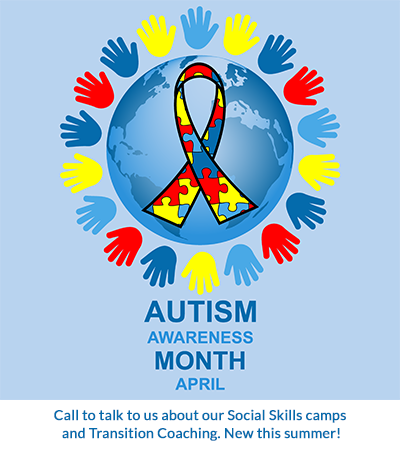Why do some kids act as they do? Why do some seem to come from another world? Why is it so hard to reach some kids?
At one time or another, probably every adolescent has had these questions asked of him or her. They are still being asked – and now we are beginning to get an insight, be it ever so slight, into the answers…and the workings of the “teenage mind.”
One of these insights came in the form of a TED talk from Canada. TED is a nonprofit devoted to “Ideas Worth Spreading” as they say on their website. Conferences and talks “bring together the world’s most fascinating thinkers and doers, who are challenged to give the talk of their lives in 18 minutes or less.”
Recently, Sarah-Jayne Blakemore, a Professor at the Institute of Cognitive Neuroscience at University College in London, gave a TED talk on the “mysterious workings of the adolescent brain.” Dr. Blakemore, a cognitive neuroscientist, studies the social brain – the network of brain regions involved in understanding other people – and how it develops in adolescents.
She spoke of gray matter volume increases in early adolescence, followed by a decline of gray matter volume in the pre-frontal cortex. Scientists now believe that this decline is a function of the body pruning away unneeded and unused synapses, leading to the shrinkage. In other words, the brains of adolescents change physically as they age, with obvious emotional and behavioral manifestations.
Now we know that the pre-frontal cortex is the part of the brain that is involved in personality expression, decision-making, and moderating social behavior. So if there are physical changes happening in the adolescent brain, it only makes sense that there may be many variations in the mood and thought patterns of the adolescent. Could that be why some parents say, “I don’t know who that kid is any more.”
Essentially, the developing youngster is experimenting with different approaches to making decisions. And their ability to see things from another’s perspective may be erratic because it too is evolving.
There’s one other part of the brain that Professor Blakemore also referred to in trying to come to grips with the adolescent mind: the limbic brain, as she called it. This is the part of the brain that involves emotion, behavior, motivation, and long-term memory, among other functions. But it is important in the adolescent because the limbic system is hyper-sensitive to the “rewards” of risk-taking. And as we know, adolescents take many more risks, especially when they are with their friends.
So combining an unstable (or should we call it immature) decision-making process with the lure of the risk-taking pleasure prevalent in youth produces those young people we fondly call our children…with all the frustrations and rewards that they are capable of producing.
But Professor Blakemore’s concluding observations have a direct bearing on how we choose to react to these teenage creatures who happen to live in our houses. She said the environment, meaning the immediate world around the child, has an enormous effect on the developing brain. It changes in response to the stimuli it receives. It is as if the world is going into their heads with a hammer and chisel and shaping them in a variety of different ways.
Her conclusion is that instead of stigmatizing the behaviors of adolescents, we should realize that their brains are still developing and are truly malleable to academic learning, social interaction skills, and self-awareness exercises. By applying negative stimuli to a situation, we produce an aversion to those negative stimuli. Perhaps the brain is interpreting our “corrective action” as punishment and not training, and is therefore shutting down the synapses that are involved, even though the intended result
is positive. In other words, the teenage mind is shutting down all input, the good and the bad.
In other words, our actions to our children are always affecting them, and actually causing their brains to grow in response to these actions.
Professor Blakemore, and others in the cognitive neuroscience field are discovering that we can and do physically shape our children by our reactions to them, negative and positive. And therefore it behooves us to be considerate of the still evolving beings we call teenagers, knowing that we will reap what we sow.











